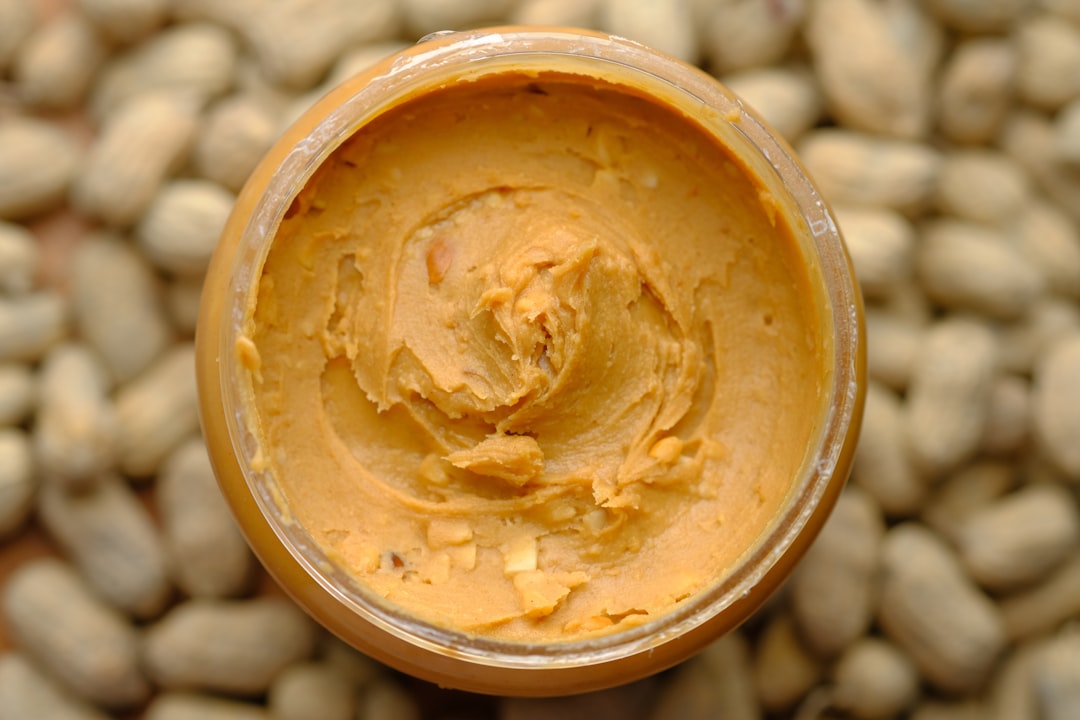
Ok, so here’s the deal. No one likes boring cheesecake. Not really. There are so many other options out there, so why would you stick with plain? That’s like choosing vanilla ice cream when you could have a full blown sundae.
Sorry. That’s a terrible analogy. I’d choose the vanilla ice cream every time. Anyway. Like …
Keep reading with a 7-day free trial
Subscribe to A Disaster in Many Parts to keep reading this post and get 7 days of free access to the full post archives.

